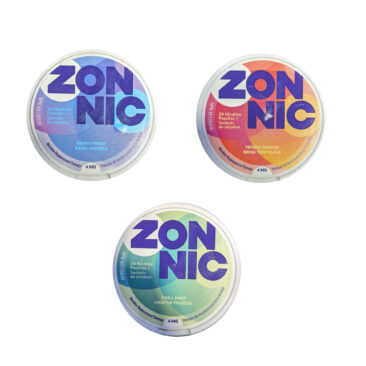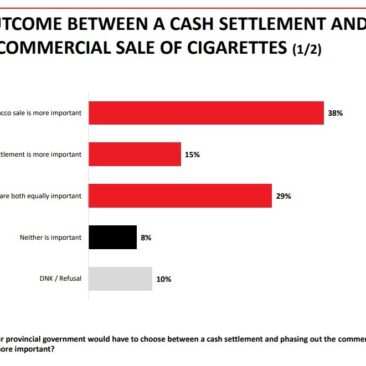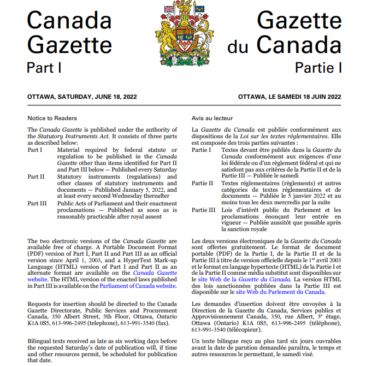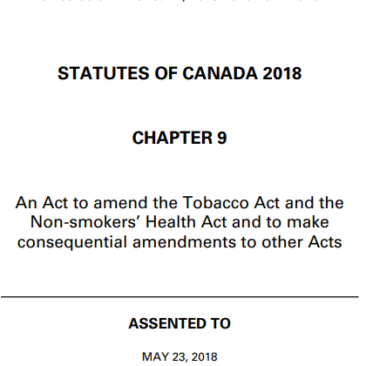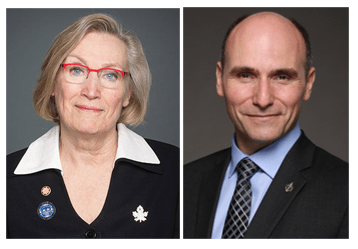We welcome the steps taken today by Health Canada to restrict e-cigarette promotions as an important initial step towards the comprehensive measures that are needed to protect children from vaping. We are especially pleased to see the Hon. Patty Hajdu make these proposals so quickly after she assumed responsibilities as the federal Minister of Health.
Protecting children from tobacco and nicotine marketing is a core public health measure, which is why we and other health groups, and parliamentarians have called on Health Canada to include these types of promotional restrictions since they first proposed legalizing vaping in 2016.
Tragically, this measure will not by itself be strong enough or fast enough to adequately address the crisis of youth vaping. We know from decades of experience with youth smoking that comprehensive protective measures are needed. Urgently needed is a wide range of regulatory and programmatic activities at the federal level, such as:
- effective and meaningful restrictions on flavours,
- bans on additives that make it easier to become addicted to nicotine,
- an end to promotional pricing (including taxes)
- strong graphic health warnings,
- controls on the ornamental design of packaging and devices (plain packaging)
- public education,
- research and surveillance,
- industry reporting, including testing of emissions
- support for cessation,
- enforcement and industry accountability for the harms it causes.
The evidence of the government’s failure to protect children when it opened the commercial market for recreational nicotine can be found in the results of Health Canada’s survey of students smoking behaviour. The number of high school children using e-cigarettes has doubled since these products were marketed and promoted by big tobacco companies and large convenience chain stores. More than 1 in 10 (13%) of children in grades 10 to 12 are vaping daily.
The vaping experience of the past months have highlighted the weaknesses of Canada’s regulatory system to respond to market-driven problems. The measures proposed today were promised by Health Canada last February, and several more months will pass before they will finally be in place. We look forward to working with Minister Hajdu and with parliamentarians to accelerate the implementation of these and other urgently-needed controls on the vaping market.
Links:
October 14, 2019: Statement from the Council of Chief Medical Officers of Health calling for comprehensive vaping controls:
“We reiterate our call from April: We need to create environments that prevent youth vaping by strengthening regulatory frameworks and policies that restrict the accessibility and availability of vaping products and reduce the appeal of such products to youth. This includes plain packaging, health warnings and regulating the sale and marketing of vaping products and flavourings, and putting in place school and community policies that reduce use and encourage positive youth development.”
“E-cigarette prevalence rates have doubled among students in 2018-19 since the last survey in 2016-17. Twenty percent (20%) of students (approximately 418,000) had used an e-cigarette (with or without nicotine) in the past 30 days, an increase from 10% in 2016-17. Prevalence of past-30-day use of e-cigarettes was not different between male (21%) and female (19%) students, but higher among students in grades 10 to 12 (29%) than those in grades 7 to 9 (11%). Students who have used an e-cigarette (with or without nicotine) in the past 30 days, are vaping frequently, with 40% (approximately 165,000 students) reporting daily or almost daily use.”

